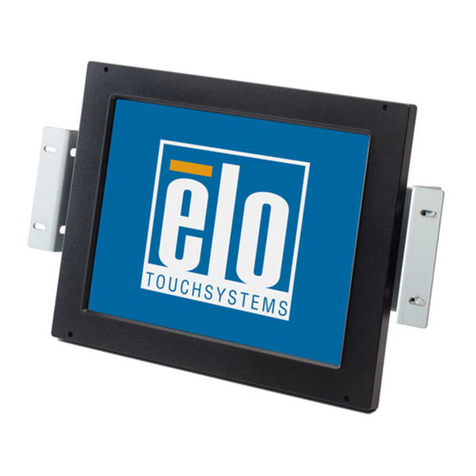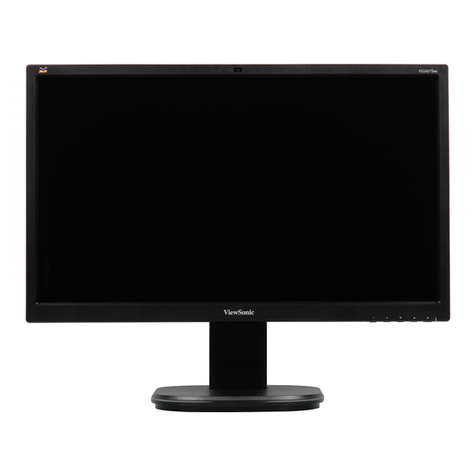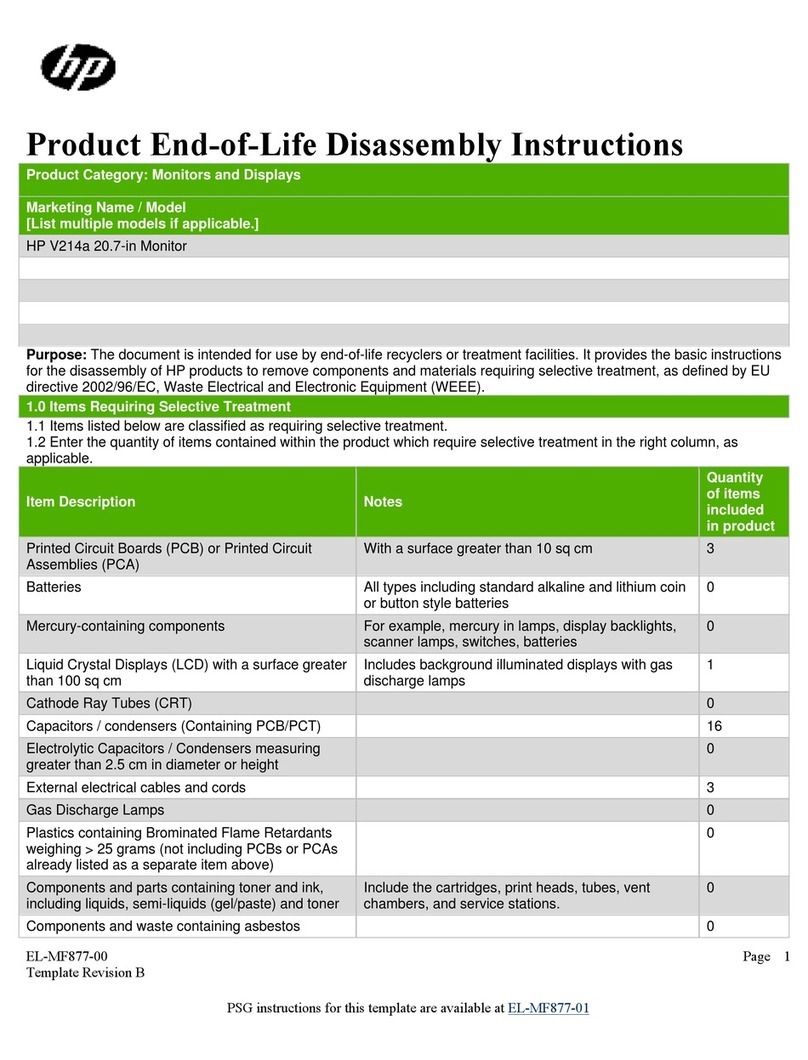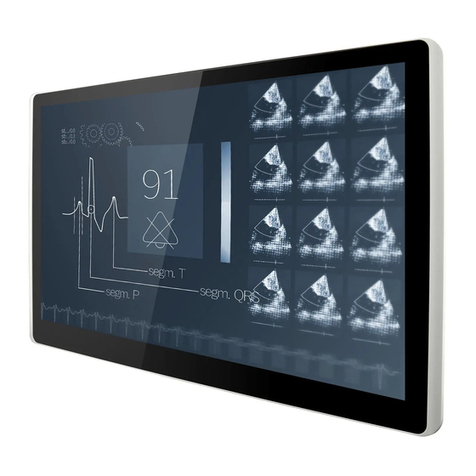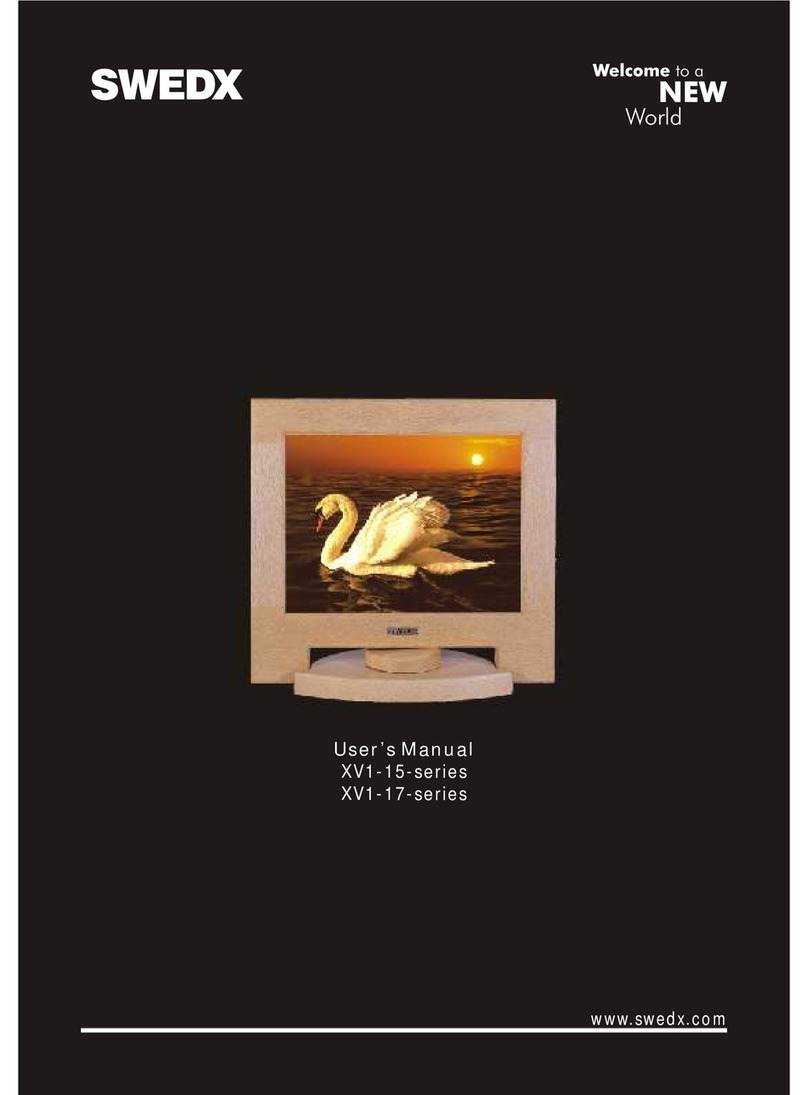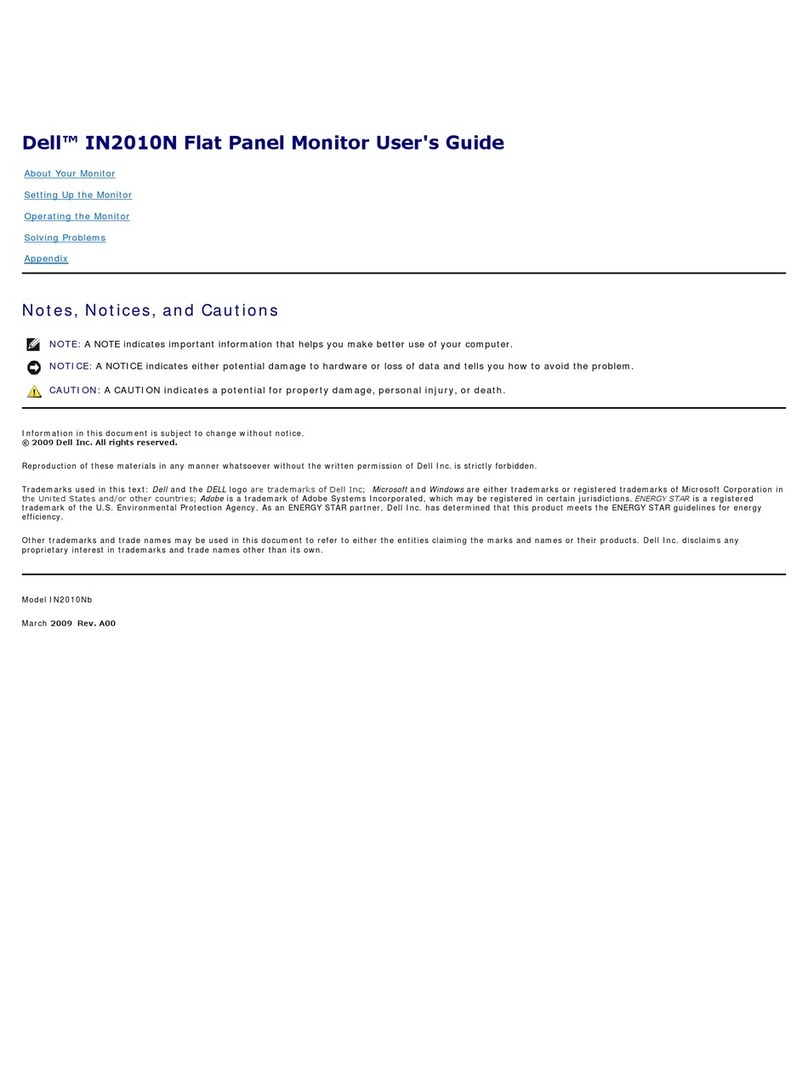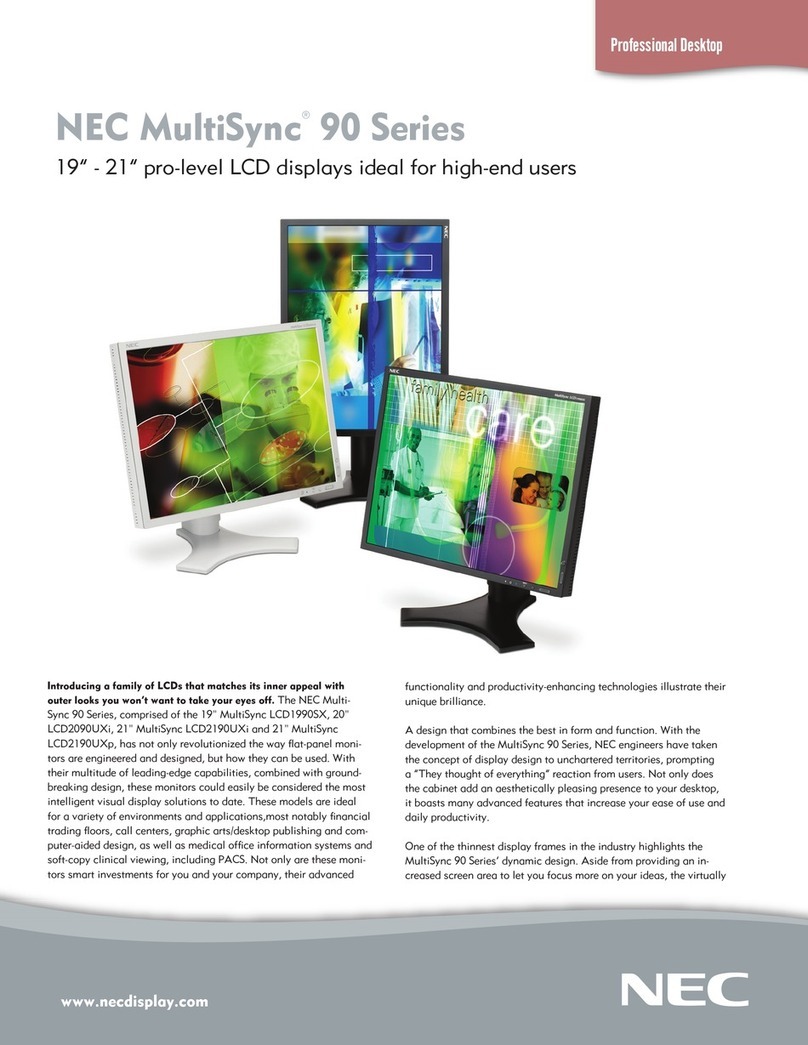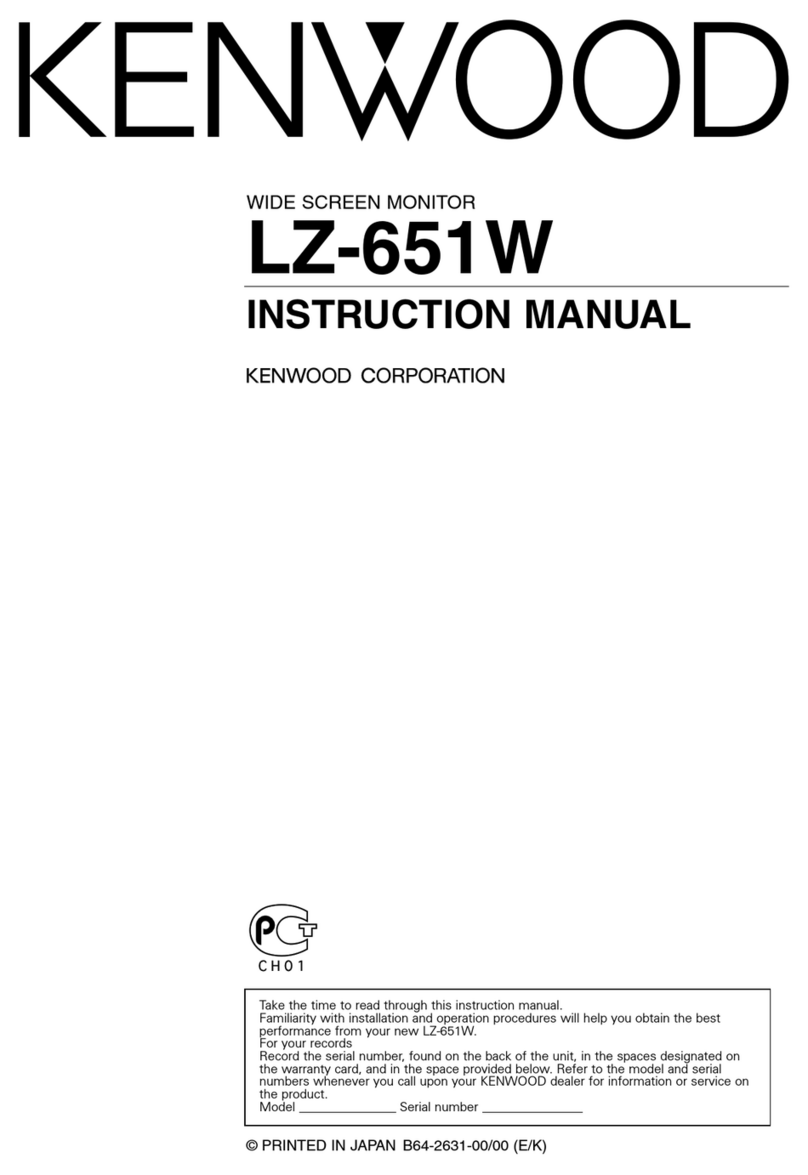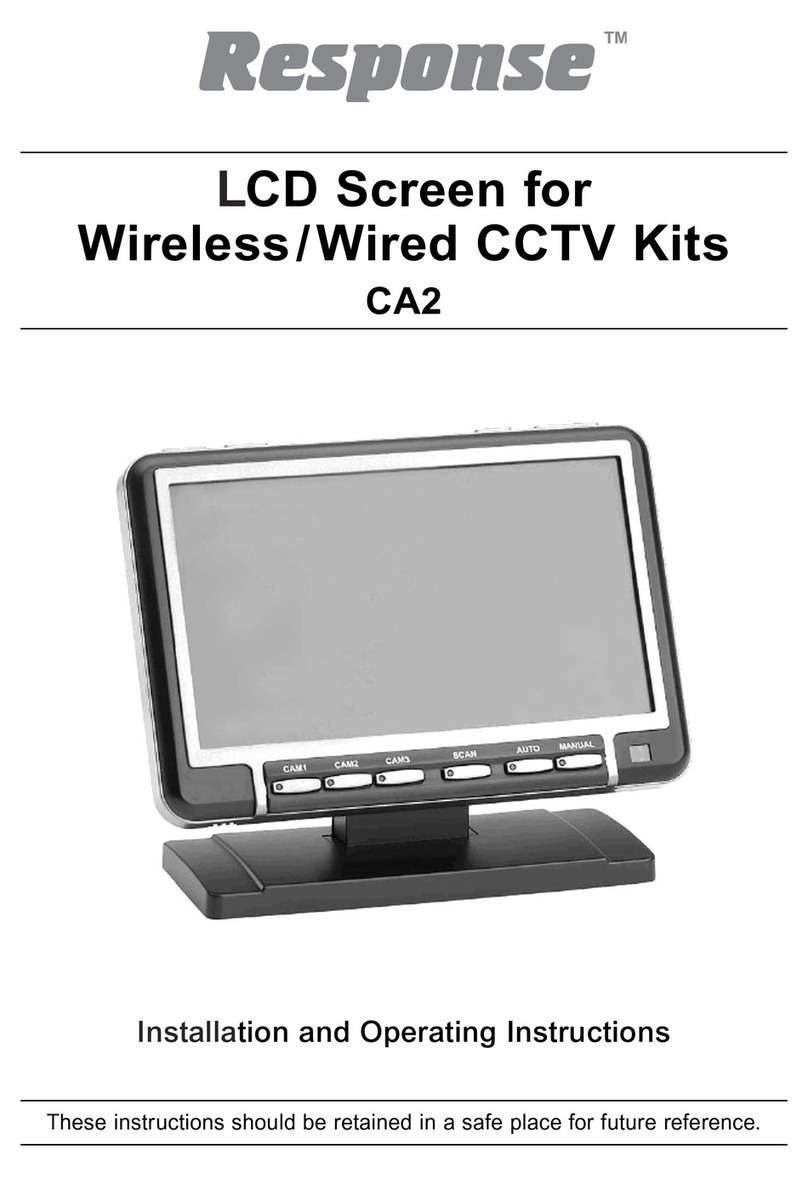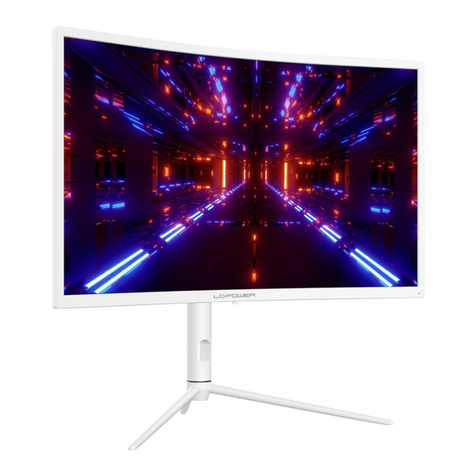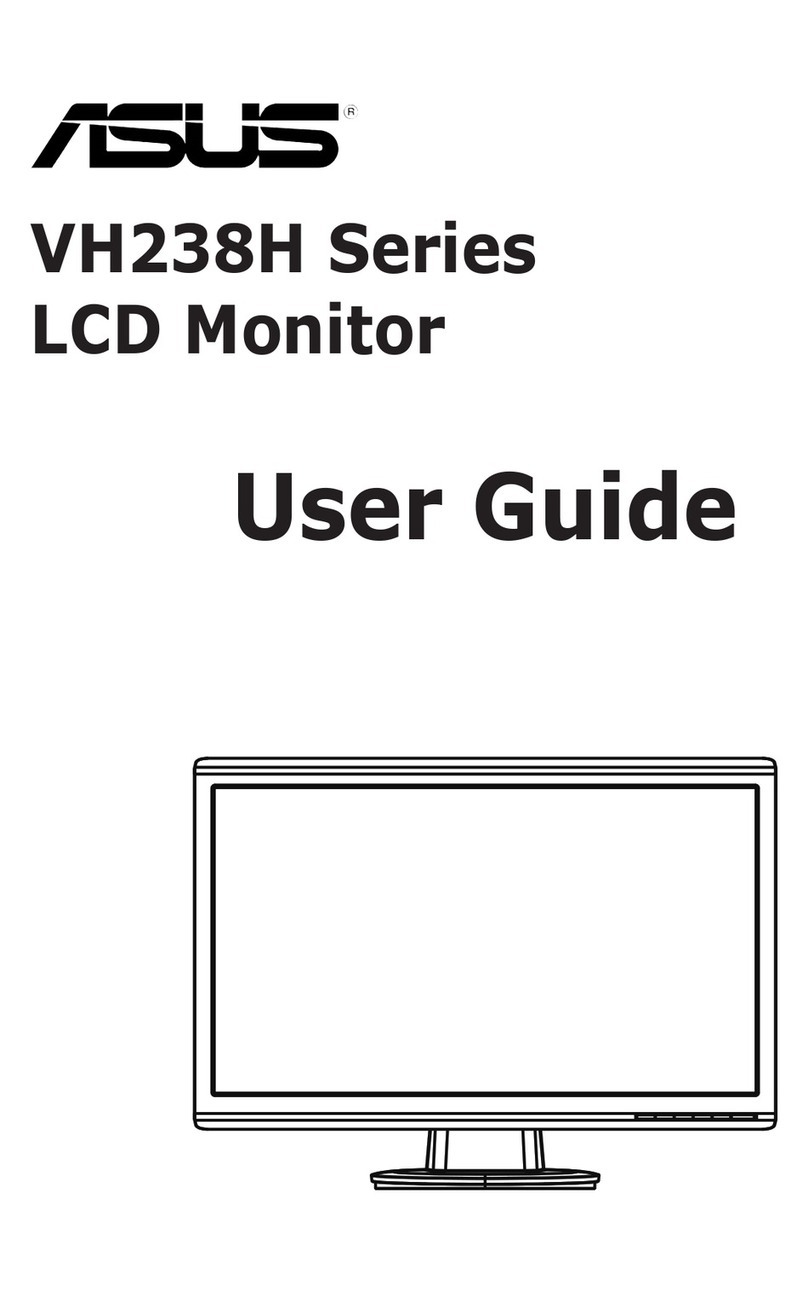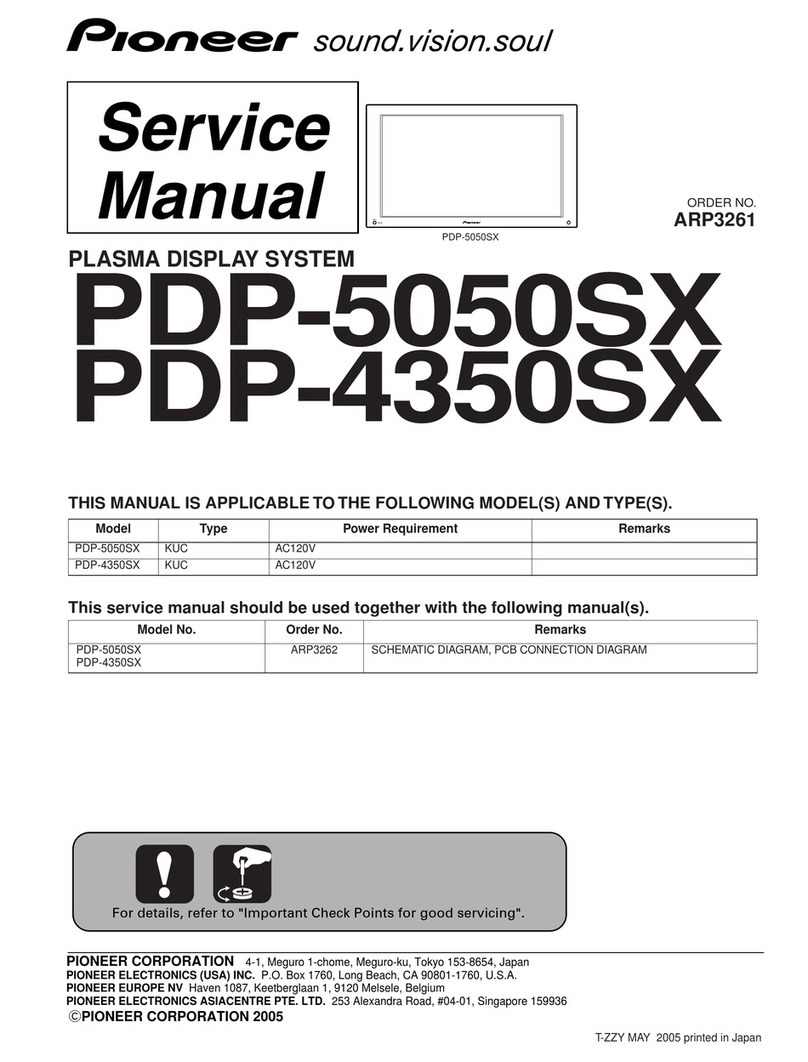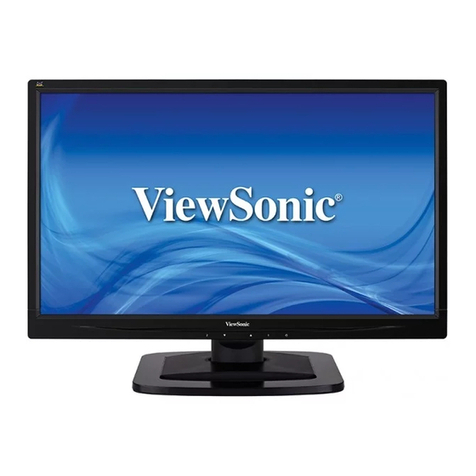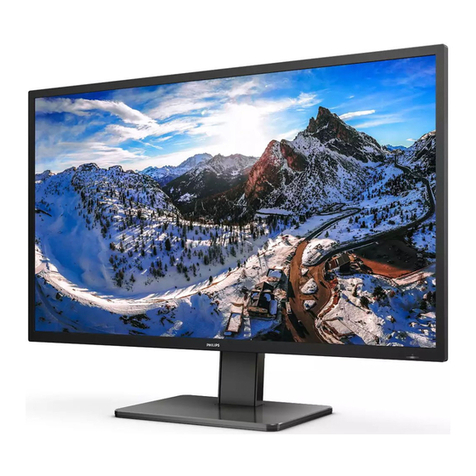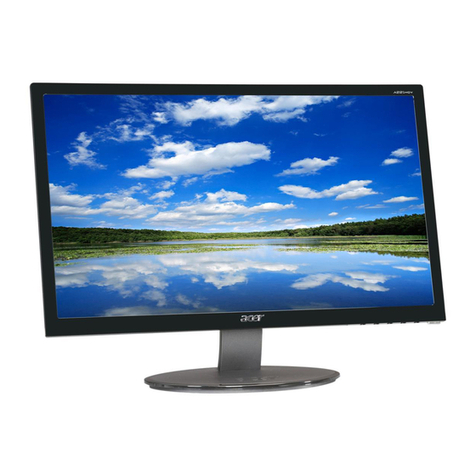envea SM-4 User manual

Manual
Mercury Stack Monitor
SM-4
with integrated
Calibration Unit
MC-3000
Version 4.7
N:\Bedienungsanleitungen-Serviceanleitungen\SM-4\SM-4 + MC3000 E V4.7.doc
Manufacturer: ENVEA GmbH
Liebigstrasse 5
85757 Karlsfeld/Germany
[email protected]lobal
© 2022 by ENVEA GmbH, Karlsfeld (Germany

SM-4 page 2
General Safety Instructions
While operating the SM-4, parts of its interior are under high voltage and UV-beams
are produced inside the photometer. If safety regulations are ignored physical and/or
material damages could occur. Only qualified personnel should be allowed to
operate the SM-4. Following conditions for correct function of the SM-4 are to be
held: careful and correct storage, proficient operation and maintenance.
Do not operate instrument if it is damaged.
When connecting the SM-4 system to a power source please note the related
safety regulations.
The SM-4 should be operated from the type of power source indicated on the
rating plate.
Make sure that the power cords are not damaged.
Regulations for prevention of accidents are to be followed.
Before opening the SM-4 system disconnect it from the mains power supply.
Repairs and maintenance on the opened and powered instrument should only be
carried out by trained personnel.
Operate the SM-4 on a stable and dry surface. The interior of the SM-4 should
never get moist or wet. In case it happens, consult an expert.
The SM-4 is dedicated for the measurement of mercury concentration in stack
gases. Do regard the related dangers especially while operating with toxic gases.
Make sure that these parts of the instrument guiding the gas are not damaged
and that the gas is guided back to the source or into an appropriate absorber.
The SM-4 must not be used to measure explosive gases and must not be
operated in hazardous areas.

SM-4 page 3
Contents
1. GENERAL DESCRIPTION............................................................................................................................6
1.1 FIELDS OF APPLICATION.................................................................................................................................6
1.2 PRINCIPLE OF OPERATION..............................................................................................................................6
1.3 TYPICAL ARRANGEMENT...............................................................................................................................7
2. COMPONENTS OF THE SM-4 .....................................................................................................................8
2.1 GAS FLOW DIAGRAM................................................................................................................................8
2.2 SAMPLING PROBE..........................................................................................................................................9
2.2 SAMPLING PROBE..........................................................................................................................................9
2.3 PROBE CONTROLLER UNIT ..........................................................................................................................11
2.4 HEATED BUNDLE.........................................................................................................................................13
2.5 ANALYZER CABINET ...................................................................................................................................14
2.5.1 Mercury Detector.................................................................................................................................16
2.5.2 Calibration Gas Generator..............................................................................................................17
3. INSTALLATION............................................................................................................................................19
3.1 PLACE FOR INSTALLATION...........................................................................................................................19
3.2 INSTALLATION OF THE SAMPLING PROBE....................................................................................................20
3.3 ELECTRICAL CONNECTIONS.........................................................................................................................22
3.3.1 Power Supply of the Analyzer Cabinet ................................................................................................22
3.3.2 Heated Bundle Power Connection.......................................................................................................24
3.3.3 Power Supply of the Probe Controller Unit.........................................................................................25
3.3.4 Communication Connection of Probe Controller Unit to Analyzer Cabinet. ......................................27
3.3.5 Connection of Probe and Probe Controller.........................................................................................27
3.3.6 Signals: Analyzer cabinet Connector Strip X2 ....................................................................................28
3.3.7 Analog 4-20 mA Signal........................................................................................................................29
3.3.8 Status Signals.......................................................................................................................................29
3.3.9 External Cleaning Function.................................................................................................................29
3.3.10 Serial Data Output (RS 232)..............................................................................................................30
3.4 HOSE CONNECTIONS....................................................................................................................................31
3.4.1 Air Connection.....................................................................................................................................31
3.4.2 Outgoing Gas of the Analyzer Cabinet (Gas OUT) .............................................................................32
3.4.3 Connection of the Heated Bundle to the Analyzer Cabinet..................................................................32
3.4.4 Connection of the Heated Bundle to the Probe....................................................................................34
3.5 INSTALLATION OF THE PROBE......................................................................................................................36
3.6 CONNECTING THE CONVERTER WITH THE PROBE CONTROL UNIT...............................................................38
3.8 LEAKAGE TEST............................................................................................................................................39
3.9 SIGNAL OUTPUT ..........................................................................................................................................39
3.9.1 Analog Output Signal (4-20 mA) .........................................................................................................39
3.9.2 Status Signals.......................................................................................................................................39
4. SETTING THE SYSTEM INTO OPERATION..........................................................................................41
4.1 SWITCHING THE POWER ON .........................................................................................................................41
4.2 MAIN MENU ................................................................................................................................................42
4.3 START MEASURING .....................................................................................................................................42
4.3.1 Sampling..............................................................................................................................................42
4.3.2 Zeroing.................................................................................................................................................43
4.3.3 Heating ................................................................................................................................................43
4.3.4 First Trap Cooling...............................................................................................................................43
4.3.5 Trap Cleaning......................................................................................................................................43
4.3.6 Second Trap Cooling...........................................................................................................................43
4.4 PARAMETRIZATION......................................................................................................................................44
4.4.1 Sample Volume ....................................................................................................................................45
4.4.2 Measuring Range.................................................................................................................................45
4.4.3 Set System Check .................................................................................................................................46

SM-4 page 4
4.4.4 Set Calibration Device.........................................................................................................................48
4.4.5 Set Probe Purge Duration ...................................................................................................................48
4.4.6 Set External Cleaning..........................................................................................................................49
4.4.7 Set Orifice Cleaning Duration.............................................................................................................49
4.4.8 Set Fan Temperature ...........................................................................................................................50
4.4.9 Speciation (if this option is installed) ..................................................................................................50
4.5 CALIBRATION ..............................................................................................................................................51
4.5.1 Show actual calibration.......................................................................................................................51
4.5.2 Show all calibrations ...........................................................................................................................52
4.5.3 Perform new calibration......................................................................................................................52
4.6 DATA LOGGER.............................................................................................................................................53
4.6.1 Show Measurements ............................................................................................................................54
4.6.2 Show Error Records ............................................................................................................................54
5. SERVICE ........................................................................................................................................................55
5.1 SET DATE AND TIME....................................................................................................................................56
5.2 DEVICE DATA..............................................................................................................................................57
5.3 SHOW INSTRUMENT STATUS........................................................................................................................58
5.3.1 Show Analyzer Status...........................................................................................................................58
5.3.2 Show Probe Status...............................................................................................................................59
5.3.3 Status of the MC-3000.........................................................................................................................60
5.4 MANUAL TEST OF COMPONENTS.................................................................................................................60
5.4.1 Test Analyzer Components...................................................................................................................61
5.4.2 Test Probe Components.......................................................................................................................63
5.4.3 Test MC-3000 Components .................................................................................................................63
5.4.4 Leakage Check.....................................................................................................................................64
5.5 SET MEASURING CALIBRATION...................................................................................................................66
5.6 SET STATUS CONTACTS...............................................................................................................................66
5.7 SET OFFSETS................................................................................................................................................67
5.8 SEND SETTINGS TO RS232...........................................................................................................................67
5.9 SET LANGUAGE ...........................................................................................................................................67
6. CALIBRATION UNIT MC-3000 INTEGRATED IN SM-4 ......................................................................68
6.1 GENERAL INFORMATION FOR SAFE OPERATION ...........................................................................................68
6.2 OPERATION PRINCIPLE.................................................................................................................................69
6.3 SOFTWARE MC-3000 ..................................................................................................................................69
6.3.1 Device Data.........................................................................................................................................71
7. SERVICE AND MAINTENANCE ...............................................................................................................72
7.1 ROUTINE MAINTENANCE.............................................................................................................................72
7.2. SPARE PARTS/WEAR PARTS.......................................................................................................................72
7.2.1. UT-3000 Detector...............................................................................................................................73
7.2.2. Tubing inside the photometer .............................................................................................................75
7.3 LEAKAGE CHECK.........................................................................................................................................75
7.4 UFO-FILTER EXCHANGE..............................................................................................................................78
7.5 EXCHANGE OF THE CATALYTIC CONVERTER...............................................................................................79
7.6 CLEANING OF THE SAMPLE TUBE ................................................................................................................80
7.7 EXCHANGE OF THE GOLDTRAP....................................................................................................................80
7.8 EXCHANGE OF THE FILTERS AND OF THE ACTIVATED CHARCOAL IN THE PHOTOMETER..............................81
7.9 EXCHANGE OF THE DUST FILTER..................................................................................................................83
7.10 ERROR MESSAGES......................................................................................................................................85
7.11.1 Error message: HEATING FLOW! ...................................................................................................85
7.11.2 Error message: SAMPLING FLOW!.................................................................................................85
7.11.3. Error message: LAMP!.....................................................................................................................85
7.11.4. Error message: LOW INPUT PRESSURE! ......................................................................................85
7.11.5. Error message: TEMP PROBE!.......................................................................................................86
7.11.6 Error message GOLD TRAP!............................................................................................................86

SM-4 page 5
8. APPENDIX .....................................................................................................................................................87
8.1 DATA OUTPUT VIA RS232 SERIAL COMMUNICATION..................................................................................87
8.2 DISPLAY OVERVIEW....................................................................................................................................90
8.3 ELECTRIC FUSES ..........................................................................................................................................93
8.4. SAFETY DATA SHEET..................................................................................................................................94

SM-4 page 6
1. General description
1.1 Fields of application
The SM-4 is the ideal tool for continuous measurement of the mercury concentration in stack
gases from plants like power plants, waste incinerators, sewage sludge incinerators, cement
kilns or recycling furnaces. The SM-4 detects –as standard version- total mercury, i.e.
elemental mercury, ionic mercury, mercury compounds and particle bound mercury. As
option a speciation function is available, this allows separate measurements of elemental and
total mercury, which results in the amount of ionic mercury as the difference of both.
The outstanding features of the SM-4 are high availability, high sensitivity and virtually no
influence from the sample matrix.
1.2 Principle of Operation
The sample is continuously taken from the stack through a heated probe (180°C) by means of
an air-driven ejector pump. It passes through a heated sample filter and is then diluted with
air at a constant ratio. A partial stream of the diluted sample is treated in the thermo-catalytic
reactor where all mercury compounds are cracked and ionic mercury is reduced to the
elemental form. After this the sample travels through the heated sample line and enters the
detector inside the analyzer cabinet.
Basis for determination of the mercury concentration is the resonance absorption of the
mercury (Hg)-atoms at a wavelength of 253.7 nm (AAS, Atomic Absorption Spectroscopy).
A GoldTrap amalgamation system provides mercury pre-concentration and matrix separation.

SM-4 page 7
1.3 Typical Arrangement
The SM-4 measuring system consists of 4 modules:
1) The sampling system with probe, filter, dilution system and thermo catalytic converter
2) The probe controller
3) The heated sample bundle
4) The analyzer enclosure with bypass pump, detector, compressed air conditioning and
the calibrator
Ejector
Pump
Mass flow
controller
Optical Cell
GoldTrap
V1
Zero air
filter
Mercury Detector Sample
out
Sample Conditioning System
heated sample line
Critical
orifice
Ejector pump-
dilutor unit
Thermo-catalytic
reactor
Heated Probe
Dilution
air in
SM-4 Typical Arrangement
Dilution
air out
Elemental Mercury Calibration Gas Generator
Particle
filter
Calibration
valve
Sample in
Mass flow
controller
Mass flow
controller
Air in
Dilutor
saturation
chamber evaporation
chamber
Hg Hg
1
1. Probe with Sample
Conditioning System
4. Anqalyzer Enclosure
with Calibration Unit
3. Heated
Bundle

SM-4 page 8
2. Components of the SM-4
2.1 Gas Flow Diagram

SM-4 page 9
2.2 Sampling Probe
2.2 Sampling Probe
Figure: SM-4 Sampling Probe
The probe comprises two main parts:
(a) the Heated probe, containing inner tubing made of PFA (sample temperature up to
200 °C) or optionally made of SS316 tubing with glass inliner (sample temperature up
to 375 °C),
(b) the Converter Unit with sample dilution system and thermo-catalytic converter.
Both units can easily be disconnected. If the probe has been installed, the box
containing the dilution system and the thermo-catalytic converter can be removed
whilst the probe is remaining at the stack.
heated probe
converter

SM-4 page 10
Specifications Probe
Size and Weight: 14.2” (L) x 14.2” (W) x 26” (H), 79 lbs. (total weight including
mounting flange and heated probe); 62 lbs. (reactor unit only)
Materials: Main enclosure: resin coated aluminum
Structural parts (flange, probe cylinder walls): SS316
Sample wetted parts: ceramic, PFA, glass
Catalytic converter: Proprietary active material, temperature 400 °F (200 °C
Sample temperature: 400 °F max. (200 °C), up to 700 °F (375 °C) as an option
Installation: Mounting flange size: DIN 2527 DN65 PN6 (USA option: 4”
150 lbs.)
Operating temperature: -13 °F to 122 °F (-25 °C to 50 °C)
Power requirements: 230 VAC/50 Hz (USA option: 115 VAC/50/60 Hz) all power
supplied by Probe Controller Unit
Air requirements: Instrument air 6 bar –7 bar (90 psig –100 psig), ~12 l/min
Dilution ratio: 1:40 to 1:50 (1:100 as option for special applications)
Sample flow: 10-12 l/h
Figure: Dimensions of the probe with stinger

SM-4 page 11
2.3 Probe Controller Unit
PROBE CONTROLLER UNIT
The microprocessor driven Probe Controller Unit is mounted close to the sampling probe (1 -
10 feet). It controls the probe and probe temperature (dilution chamber temperature,
calibration valve, sample filter cleaning valve and orifice cleaning valve). The Probe
Controller Unit is easily connected to the sampling probe with two cables by heavy duty plug
connectors and to the analyzer unit with a protected cable. The cable glands are on the bottom
of the probe controller unit. They are all labeled. For the probe controller unit, a power
supply separate from the analyzer cabinet is needed.
Technische Spezifikation der Probensteuereinheit
Size and Weight: 17” (W) x 18” (H) x 26” (D), 30 lbs.
Operating temperature: -13 °F to 122 °F (-25 °C to 50 °C)
Power requirements: 115 VAC/50/60 Hz, 2600 VA
Controlled temperatures: T1: converter = ejector pump, critical orifice and catalyst
temperature
T2: vaporizer= vaporizer temperature (calibrator working with
ionic mercury)
T3: probe tube= heated probe tube temperature
Figure: Fiberglass reinforced polyester housing with temperature controllers and
interface box

SM-4 page 12
Figure: Dimensions of temperature controller box
Figure: Bottom view of the probe controller unit; all cable glands are labelled

SM-4 page 13
2.4 Heated Bundle
A heated tubing bundle is installed connecting the probe and the analyzer cabinet. The bundle
is electrically heated by a self-limiting heater element.
Specifications Heated Bundle
Media
Material
Diameter oD/iD
Colourcode
Calibration gas (elemental Hg)
FEP-Teflon
6/4
transparent
Calibration solution (for ionic Hg)
FEP-Teflon
6/4 with 1/16“/0.5
Inner tube
transparent
Clean air
FEP-Teflon
6/4
yellow
Sample
FEP-Teflon
6/3
red
Spare
FEP-Teflon
6/3
redblack
Vaporizer air (for elemental Hg)
FEP-Teflon
6/4
black
Dilution air
FEP-Teflon
6/4
blue
Dimensions: outer diameter 1.34“ (34 mm), length max. 100 feet (up to 600
feet as an option)
Power requirements: 230 VAC/ 50/60 Hz (option 115 VAC/ 50/60 Hz), 240 W for 30
m (100 feet) length
Operating temperature: -13 °F to 122 °F (-25 °C to 50 °C)

SM-4 page 14
2.5 Analyzer Cabinet
Figure: Measuring system with photometer and calibration gas generators for elemental and
ionic mercury.

SM-4 page 15
The analyzer cabinet is made of metal and has a transparent window on the front side. It
features four lifting eyes and four adjustable feet (see figure in chapter 3.1). The analyzer and
the automatic calibrator are mounted as 19” modules in a swing frame in the upper part,
whereas, the pressurized air conditioning and pressure regulators are mounted in the lower
part.
Technical specifications of the analyzer cabinet
Size and Weight: 63.6” (H) x 31.5” (W) x 23.6” (D), approx. 360 lbs. (total
weight including one automatic calibration unit)
Materials: resin coated aluminum
Detector: UT-3000 Mercury Ultratracer
Operating temperature: 41 °F to 104 °F (5 °C to 40 °C)
Power requirements: 115 VAC/50/60 Hz, 2500 VA (including power supply of 100
feet line bundle
Air requirements: instrument air 94.3 psi (6.5 bar)
Figure: Dimensions of the analyzer cabinet

SM-4 page 16
2.5.1 Mercury Detector
The SM-4 employs the UT-3000 Mercury Ultratracer as detector. A gold trap is used for
mercury enrichment and a UV-photometer for concentration measurement.
Specifications: mercury detector
Size and Weight: 17.7” (W) x 5.9” (H) x 13.8” (D), 26 lbs.
Detection principle: AAS Atomic Absorption Spectrometry with Gold
Amalgamation technique
Wavelength: 253.7 nm
UV source: electrodeless mercury discharge lamp, stabilized by reference
beam
Operating temperature: 41 °F to 104 °F (5 °C to 40 °C)
Power requirements: 230 VAC/50/60 Hz
Measuring range: 0.1 ng/m³ –30000 ng/m³, revealing an effective range before
sample dilution of 0.004 µg/m³ - 1200 µg/m³
Lower detection limit: 1 pg Hg
Sample flow: 40 l/h
Response time: 180 –360 sec (depending on range)
Interference SO2: below LDL
Interference NOx: below LDL
Figure: Photometer internal tubing

SM-4 page 17
Figure: Mercury Detector UT-3000 frontside (above) und backside (below)
2.5.2 Calibration Gas Generator
The system is equipped with an automatic calibration gas generator MC-3000 (Option).
Specifications MC-3000 Calibrator
Size and Weight: 450 (W) x 150 (H) x 350 (D) mm, 8.5 kg
Functional principle: evaporation of elemental mercury, condensation at
equilibrium and dilution
Range: depending on ambient temperature approx. from
15 µg/m3 to 200 µg/m3
Flow control: two thermoelectric mass flow controllers
Operating temperature: 41 °F to 104 °F (5 °C to 40 °C)
Power requirements: 230 VAC/50/60 Hz
Generated calibration
gas flow: 3 l/min to 9 l/min, depending on set concentration

SM-4 page 18
Figure: Mercury calibrator MC-3000 front view (above) and rear view (below)

SM-4 page 19
3. Installation
3.1 Place for installation
Advice: The mercury measuring system SM-4 is for indoor applications
only!
Der ideale
Ideally the place for installation for the SM-4 must be as close as possible to the sampling
point. This avoids long sample lines. The distance between sampling point and analyzer
should be between 3 feet and 100 feet, in special cases up to 300 feet. An unobstructed place
is of advantage for installation and service. The installation location must be free of strong
vibrations and strong electric fields.
The ambient temperature of the installation location for the analyzer cabinet should be in the
range between 32 °F and 100 °F (0 °C ... 38 °C).
The ambient temperature of the installation location for the sampling system and the
temperature controller module should be in the range between -13 °F and 110 °F (-25 °C ...
43 °C).
Caution: The maximal temperature of the sample gas should not exceed
400 °F (200 °C). For applications with higher sample gas temperatures a
special version is available.
Caution: The analyzer cabinet has to be fixed to the ground at the place
of installation. For this the analyzer cabinet has 4 screw holes on the
bottom.
Figure: Position of the
mounting screws for fixing
the analyzer cabinet to the
ground. Next to them are the
5 mm socket head screws of
the adjustable feet.

SM-4 page 20
3.2 Installation of the Sampling Probe
The location for installing the sampling probe has to be according to applicable regulatory
requirements for the setup of CEMs. The probe must not be installed upside down. The
maximal angle is shown in one of the following figures.
Figure: Space required for installation of the probe (view from side)
Table of contents
Other envea Monitor manuals

